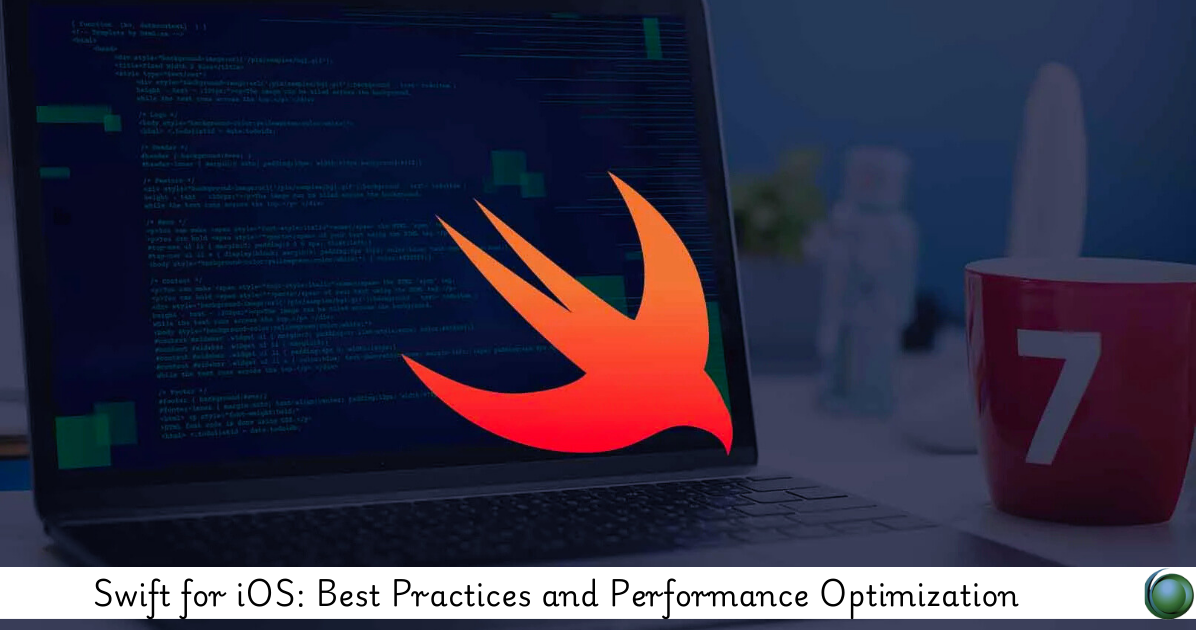Description
Introduction
Swift is a powerful and intuitive programming language used for iOS, macOS, watchOS, and tvOS development. Writing efficient and optimized Swift code is essential for ensuring smooth performance in iOS applications. This course is designed to teach developers best practices in Swift programming and techniques to optimize app performance. By mastering the art of performance tuning, memory management, and code organization, developers will be equipped to build responsive, scalable, and maintainable iOS apps.
Prerequisites
- Proficiency in Swift programming basics
- Experience with Xcode and iOS app development
- Familiarity with common iOS frameworks and APIs
- Understanding of object-oriented programming principles
- Basic knowledge of debugging tools and performance profiling
Table of Contents
- Introduction to Swift Best Practices
1.1 Why Swift Best Practices Matter
1.2 Writing Readable and Maintainable Code
1.3 Swift Coding Standards: Naming Conventions and Code Style
1.4 Modularizing Code for Reusability and Scalability
1.5 Using Optionals, Closures, and Protocols Effectively - Memory Management in Swift
2.1 Automatic Reference Counting (ARC) and Memory Management
2.2 Managing Strong, Weak, and Unowned References
2.3 Retain Cycles and Memory Leaks: Identification and Prevention
2.4 Optimizing Memory Usage in iOS Apps
2.5 Memory Profiling with Instruments in Xcode - Optimizing App Performance
3.1 Identifying and Addressing Performance Bottlenecks
3.2 Optimizing App Launch Time and Responsiveness
3.3 Efficient Use of Background Threads and Grand Central Dispatch (GCD)
3.4 Reducing Memory Footprint and Optimizing Data Structures
3.5 Performance Profiling: Using Xcode Instruments for Optimization - Concurrency and Multithreading in Swift
4.1 Understanding Concurrency in iOS Apps(Ref: Building iOS Apps with SwiftUI and Combine)
4.2 Using Grand Central Dispatch (GCD) for Task Execution
4.3 Operations and NSOperationQueue: When and How to Use
4.4 Ensuring Thread Safety and Synchronization
4.5 Avoiding Common Pitfalls in Concurrency - Optimizing User Interface (UI) Performance
5.1 Reducing UI Lag and Ensuring Smooth Animations
5.2 Efficient Use of UITableView and UICollectionView
5.3 Optimizing Auto Layout and Constraints for Performance
5.4 Using Image Caching and Lazy Loading for Faster Views
5.5 Profiling and Optimizing Core Graphics and Core Animation - Networking and Data Handling Performance
6.1 Best Practices for Making Efficient Network Requests
6.2 Handling Large Data Sets: Pagination and Lazy Loading
6.3 Optimizing JSON Parsing with Codable
6.4 Caching Network Responses for Faster Load Times
6.5 Minimizing API Calls and Using Background Fetching - Optimizing App Startup and Responsiveness
7.1 Strategies for Fast App Startup Times
7.2 Lazy Loading Resources and Delayed Initialization
7.3 Minimizing Heavy Operations on the Main Thread
7.4 Using Background Fetching for Initial App Setup
7.5 Reducing App Size and Optimizing Bundles - Battery and Power Consumption Optimization
8.1 Managing Power Usage in Swift Applications
8.2 Optimizing Location Services and Sensors
8.3 Reducing Background Activity and Network Usage
8.4 Minimizing CPU Usage for Longer Battery Life
8.5 Profiling Power Consumption in Xcode - Testing and Debugging for Performance
9.1 Unit Testing for Code Quality and Performance
9.2 Using XCTest to Measure Code Performance
9.3 Debugging Performance Issues with Xcode Instruments
9.4 Memory Leak Detection and Fixing Retain Cycles
9.5 Writing Efficient Unit Tests for Performance Benchmarking - Advanced Swift Performance Techniques
10.1 Benchmarking Code Performance: Instruments and Time Profiler
10.2 Using Swift’s High-Performance Data Structures
10.3 Optimizing Computationally Expensive Tasks
10.4 Advanced Memory Management Techniques: Custom Allocators
10.5 Techniques for Reducing Latency and Improving Throughput
By adopting Swift best practices and performance optimization techniques, developers can create efficient, high-performance iOS applications that provide seamless user experiences. This course has covered memory management, concurrency, UI optimization, network handling, and other critical areas essential for building scalable and responsive iOS apps. Through practical insights and hands-on exercises, developers will be equipped with the tools and techniques needed to optimize their iOS applications for both performance and maintainability.







Reviews
There are no reviews yet.